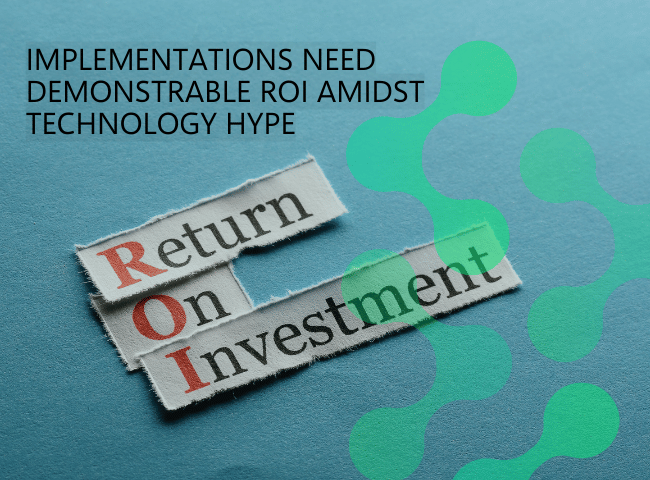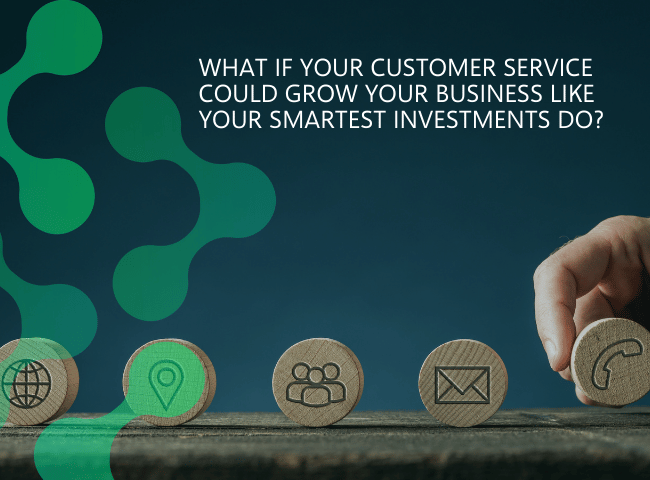Human resources has traditionally been about admin, efficiencies and cost-cutting, but thanks to intuitive HR practices it’s finally doing what it says on the tin – optimising the human resource, says Angela McMean, VP of Human Capital and Development at Braintree.
Human resources (HR) is one of the most hated departments in the organisation. The department has traditionally been the one enforcing unpleasant company policies and sharing bad news which isn’t a role designed for goodwill. HR is also responsible for ensuring employee wellbeing and satisfaction which is, truth be told, not an easy job when more than 70% of employees aren’t engaged with their jobs. The Gallup State of the Global Workplace report found that 62% show up and do the bare minimum, 15% are actively disengaged[1]. As HR practitioners told the New York Times, “People hate us.”[2] So, this is obviously time to close HR’s doors, right?
Wrong. Because many companies have recognised that HR needs a reinvention and have taken active steps to creating HR departments that reflect the values and culture of the business. This shift has been largely driven by a growing understanding of how passionate and committed employees have a fundamental impact on company performance. And on the bottom line. According to Gallup, the global cost of poor employee engagement is $8,8 trillion.
People want to work for a company that prioritises clarity, communication, wellbeing, and a purpose. They want to work in an environment that makes it easy for them to understand their roles and achieve their goals. Companies that allow people to connect, thrive and grow, see better results when it comes to performance and retention. They also get the attention of other prospective employees who want to work for a company that recognises their value.
The challenge is to find a way out of the old perceptions around HR, and this needs more than free pizza and table tennis bonding sessions on a Friday. The first step is to prioritise authenticity and developing a culture of genuine caring. People respect inclusivity and being treated as an individual – this approach tends to bring out the best in people – embracing each person’s unique talent and celebrating our differences. Don’t make people sit at their desk from 8-5 – trust they know their jobs and their deadlines and will get the work done.


This also applies to a growing awareness around neurodiversity. Increasingly, people are open about conditions such as ADHD or autism and expect their working environment to respect the challenges they face. When you can tap into the extraordinary potential of people who think differently, you can set your productivity alight. A holistic approach means you provide for all versions of wellbeing, not just the expected standard. Companies that create spaces that nurture all types of talent are going to win when it comes to culture and retention. Expecting every foot to fit in one Cinderella-sized shoe isn’t going to deliver the results you want from your people.
There are, of course, other areas where HR can really shine today. Training remains a powerful tool for building employee engagement and resilience. Ongoing courses can enrich skills development, support career progression and enhance client relationships. When people feel their contributions are valued, they are more likely to contribute, and training gives them the ability to expand their knowledge within the business and become an even more valued asset.
HR may have work ahead if it wants to reimagine its role and reputation, but many companies are changing the narrative as they move towards people and away from admin and policies and rules. Yes, the rules and admin are there, but they are designed with culture and wellbeing at the forefront and HR is leading the charge.








